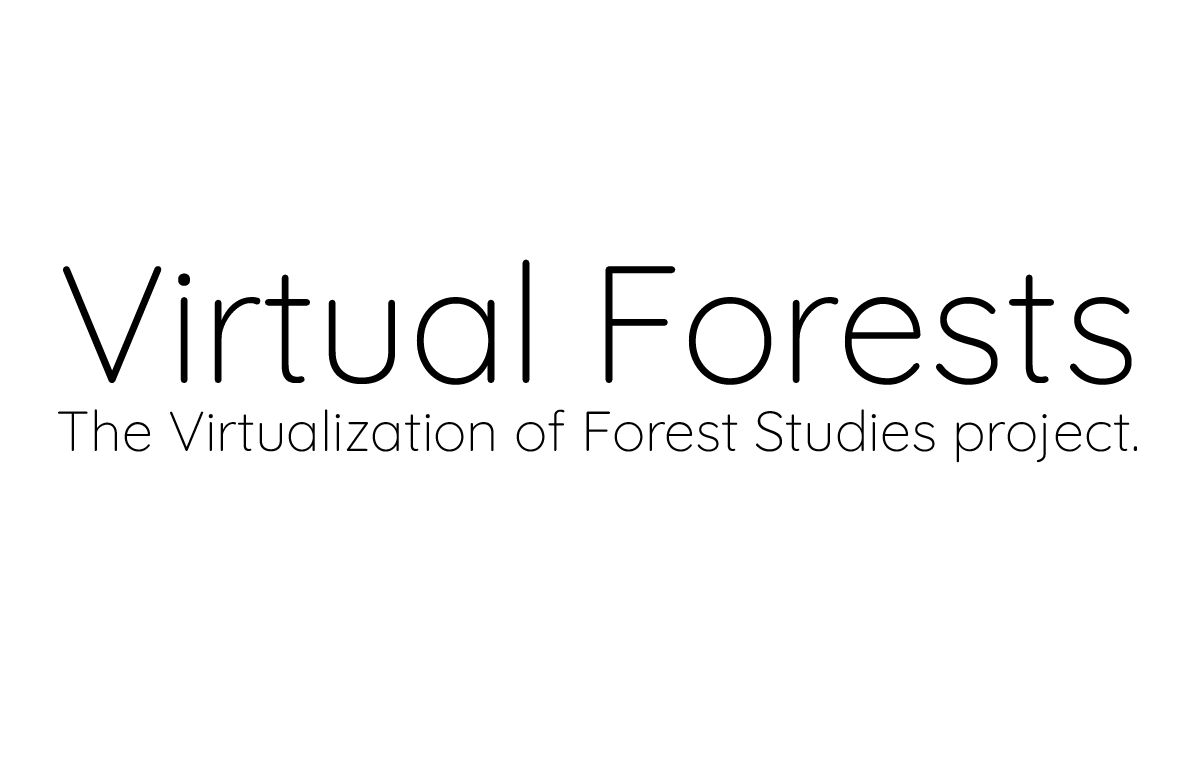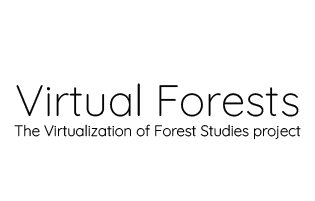Linked Open Data in modelling and simulation platforms

Publication of data, facilitating the integration with external datasets and its consumption. In the forestry domain, there are some pioneering LOD initiatives such as the Cross-Forest project (https://crossforest.eu/, with the participation of researchers from the UVa team), producing a suite of forestry data models (known as ontologies) and an integrated dataset containing the Spanish and Portuguese forest inventories and land cover maps exposed as LOD.
Access to LOD is commonly done using SPARQL (https://www.w3.org/TR/sparql11-query/), a formal query language standardized by the W3C. Using SPARQL is challenging or directly not assumable for end users – a similar situation to the use of SQL with relational databases. Appropriate user interfaces and interaction paradigms are thus required to access LOD (Bizer et al., 2009, Dadzie and Rowe, 2011, Dadzie and Pietriga, 2017, Klimek et al., 2019).
With this aim, researchers from the UVa team have proposed Forest Explorer (Vega- Gorgojo et al., 2020), a web-based tool for easily browsing the LOD resource created in Cross-Forest. The tool is purposed for domain experts and lay users to facilitate the exploration of forestry data without requiring knowledge of SPARQL. An interactive map is provided for this purpose, allowing users to navigate to the area of interest and presenting forestry data with different levels of detail according to the zoom level. Forest Explorer offers different filter controls and localized to English and Spanish. A live version of the tool is freely available at https://forestexplorer.gsic.uva.es – any device with a modern browser should be sufficient to test it.
Beyond browsing of exploration, LOD can feed forestry simulation tools and platforms like SIMANFOR (www.simanfor.es) In this way, users do not need to manually prepare the input data required to run a simulation. Instead, input data can be automatically obtained from LOD sources, while users can just focus on setting the parameters of the desired simulation.
In VirtualForests we envision the use of forestry LOD as an educational resource. Forestry inventories and land cover maps are already the subject of multiple courses in forestry curricula, e.g. forest measurements and inventory, forest modeling, GIS. The LOD resource released in Cross-Forest already integrates Spanish and Portuguese sources and other datasets from other countries like the REINFFORCE data network can be easily integrated following the same methodology. The REINFFORCE network (http://reinfforce.iefc.net) is an international network dedicated to adaptation of planted forests to climate change. It is made of 41 demonstration sites testing adaptive managements and of 38 ARBORETA with a minimum set of 3 provenance and 38 species in common all over a latitudinal gradient from north of UK to south of Portugal. This gradient allows to compare the expression of the same genetic resources under a large climate range. This dataset can be accessed through a server managed by IEFC. In VirtualForests we will handle the conversion of this resource into LOD for the educational purposes described above. Other adaptations and extensions of forestry LOD will be also carried out if needed, e.g. multilinguality.
Intellectual output result:
The Virtual Forests API


